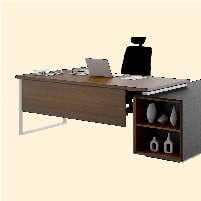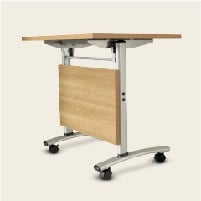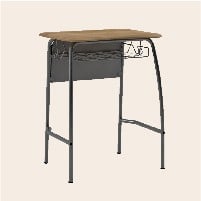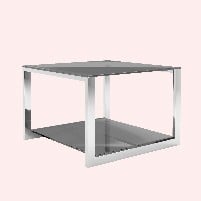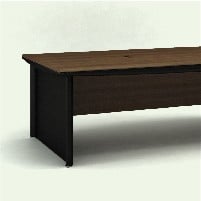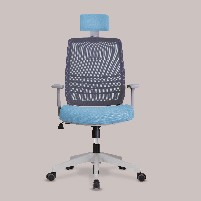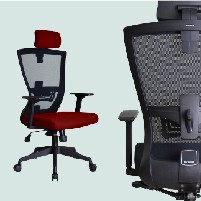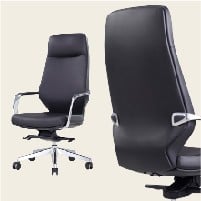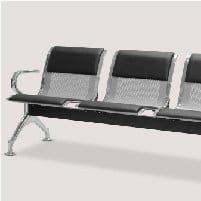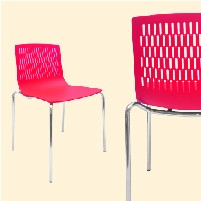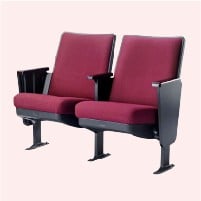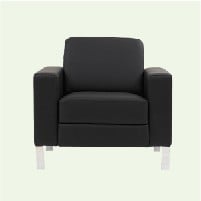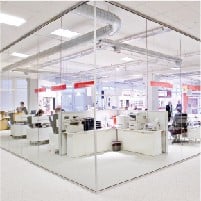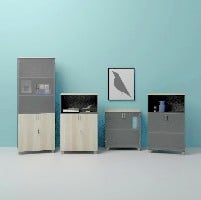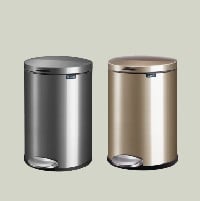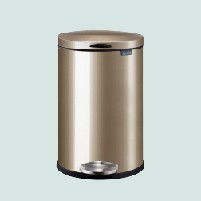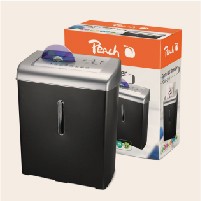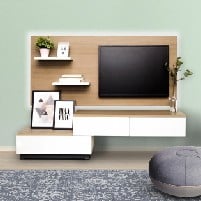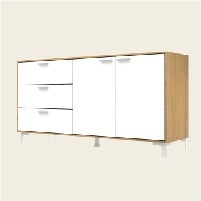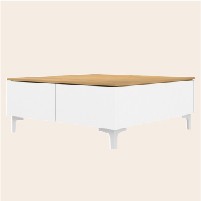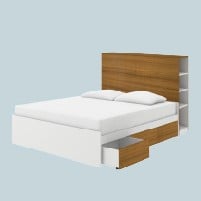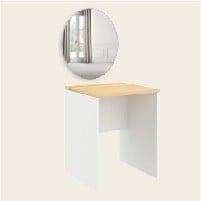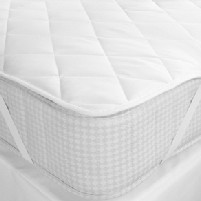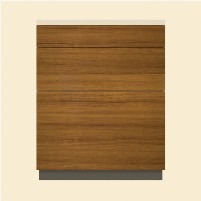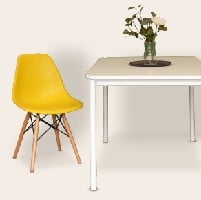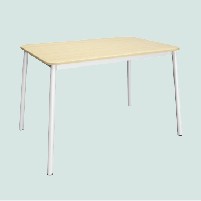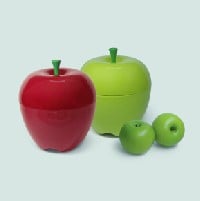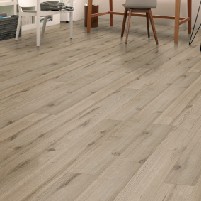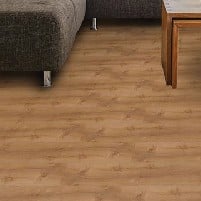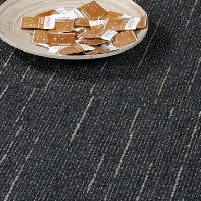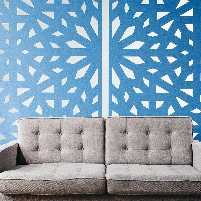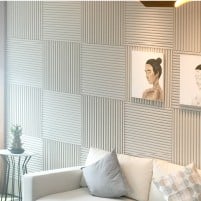Slat walls are a popular and versatile element of modern interior design, providing a functional and aesthetic way to divide space. Typically, PVC and MDF are the two types of materials used in making slat walls. Introducing WOODSLAT from HighPoint, which is made with a combination of polyester and HDF. In this article, we will explain the differences between WOODSLAT and ordinary PVC slat walls.
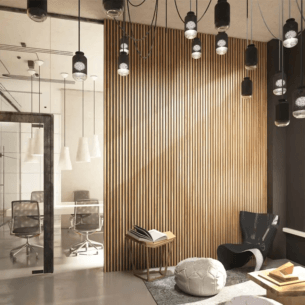
WOODSLAT made with polyester acoustic panels and HDF (High Density Fiber) that offer several benefits. First, they have an acoustic function, with a noise reduction coefficient (NRC) as high as 0.7. This means that they can help to reduce noise levels in a room, making it more comfortable and functional. In contrast, slat walls PVC only have a decorative function and do not provide any acoustic benefits.
Secondly, WOODSLAT is natural and made with real wood veneer. This makes it an attractive option for those who value the look and feel of natural materials. In comparison, slat walls made with plastic WPC are made with a combination of wood fibers and plastic, which can result in a less natural appearance.
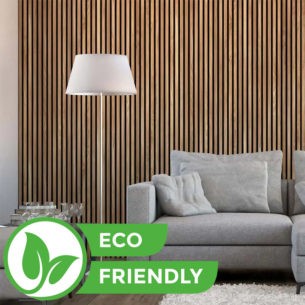
Thirdly, WOODSLAT is more sustainable than those made with PVC. The materials used to make Woodslat’s polyester acoustic panels are environmentally friendly and can be recycled or reused at the end of their lifespan. In contrast, PVC is a synthetic material that is not biodegradable and can have a negative impact on the environment.
In summary, WOODSLAT offer several benefits over those made with PVC. They provide acoustic benefits, are made with natural materials, and are more sustainable. When considering the use of slat walls in an interior design project, it is important to choose a material that will meet the specific needs of the space while also considering environmental impact.













